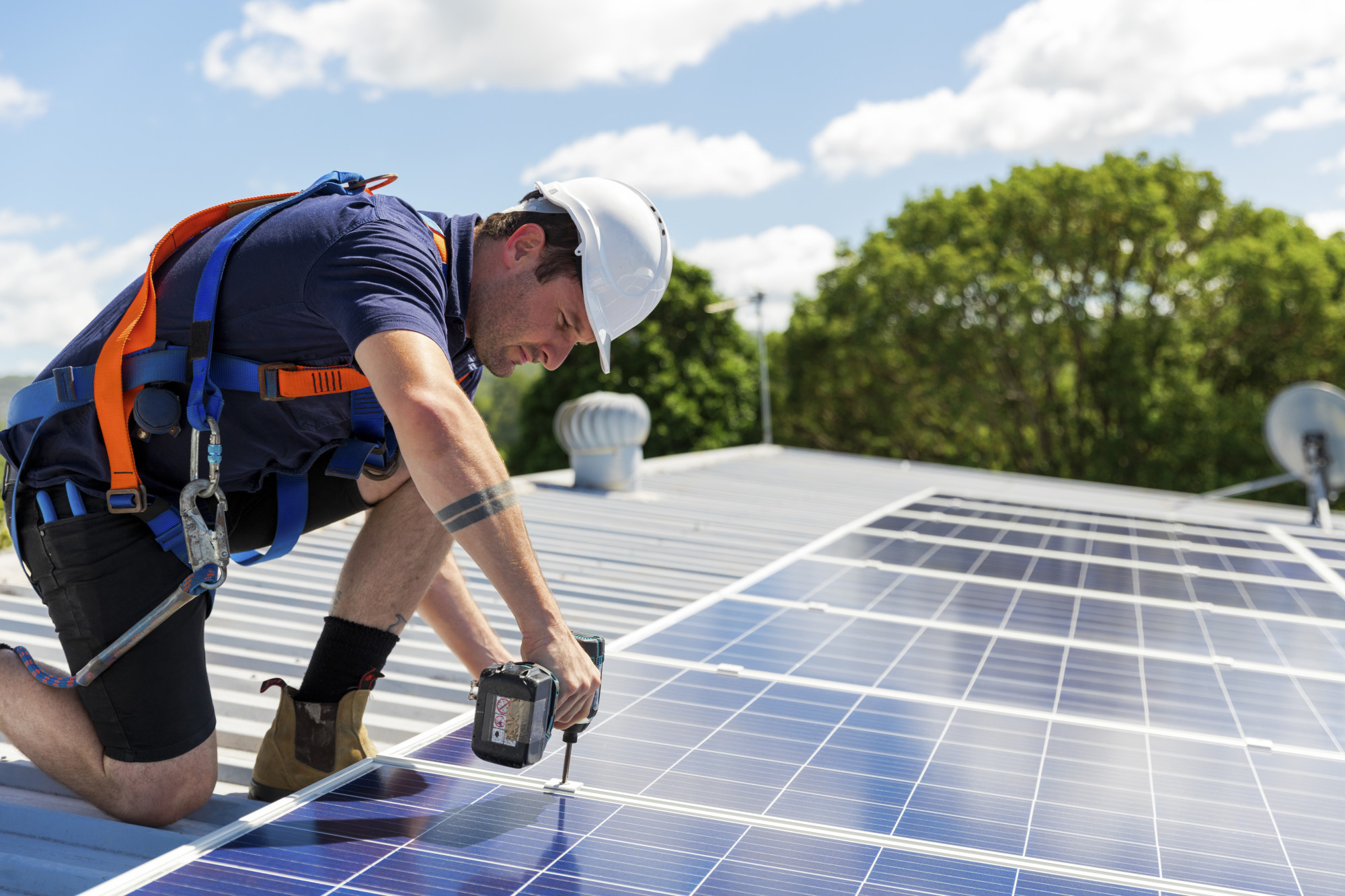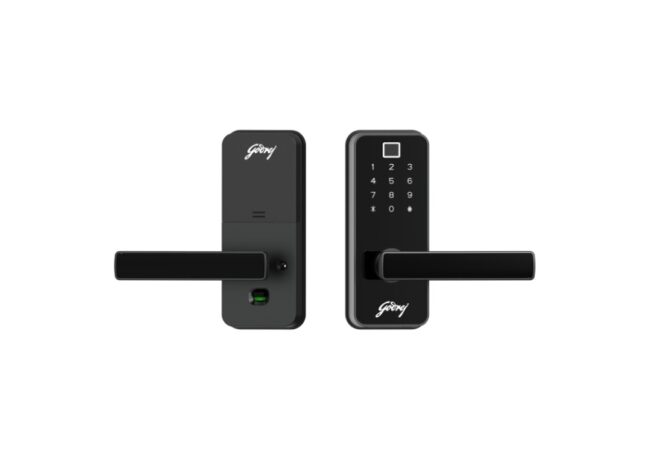
The Guide to Solar Panel Installation, Repair & Maintenance
Solar panels have become increasingly popular as a sustainable energy solution, allowing homeowners to reduce their carbon footprint and save money on energy bills. However, navigating the process can be daunting if you’re considering a new installation, need repairs, or require maintenance for existing panels. In this comprehensive guide, we’ll break down each process step, from installation to maintenance, providing valuable insights and tips along the way.
Solar Panel Installation
| Item | Estimated Cost |
|---|---|
| Solar Panels | $3,000 – $10,000 (depending on size and quality) |
| Mounting Hardware | $500 – $1,500 |
| Inverter | $1,000 – $3,000 |
| Wiring and Electrical | $500 – $1,000 |
| Tools | $100 – $500 |
| Permit Fees | $100 – $500 |
| Installation Labor | $1,000 – $3,000 (varies by installer and project complexity) |
Solar Panel Repair (Estimation and Cost)
- Assessment:
- Identify issues such as damaged panels, loose connections, or inverter malfunctions.
- Consult with a qualified solar panel technician to assess the extent of repairs needed.
- Cost Estimation:
- Cost of repair will vary depending on the nature and severity of the issue.
- Technicians may charge hourly rates or provide flat-rate estimates based on the scope of work.
- Common Repair Costs:
- Panel replacement: $200 – $500 per panel
- Inverter replacement: $1,000 – $3,000
- Wiring and electrical repairs: $100 – $500
- Labor costs: $100 – $200 per hour
Solar Panel Maintenance
- Regular Cleaning:
- Use a soft brush or sponge with mild detergent and water to remove dirt and debris from panels.
- Avoid abrasive cleaners and high-pressure water, as they can damage panels.
- Inspections:
- Regularly inspect panels for signs of damage, wear, or shading from nearby trees or structures.
- Check electrical connections and wiring for corrosion or loose connections.
- Monitoring System Performance:
- Utilize monitoring software provided by the manufacturer to track energy production and system efficiency.
- Note any significant deviations from expected performance and address issues promptly.
- Annual Professional Inspection:
- Schedule an annual inspection with a qualified solar panel technician to assess system performance and identify any potential issues.
- Technicians can perform comprehensive tests and diagnostics to ensure optimal functionality and safety.
Conclusion:
Whether you’re considering a new solar panel installation, need repairs, or require maintenance for existing panels, understanding the process is essential. By following the step-by-step guidelines outlined in this comprehensive guide and consulting with qualified professionals as needed, you can maximize the efficiency and longevity of your solar panel system, ultimately reaping the benefits of clean, renewable energy for years to come.


